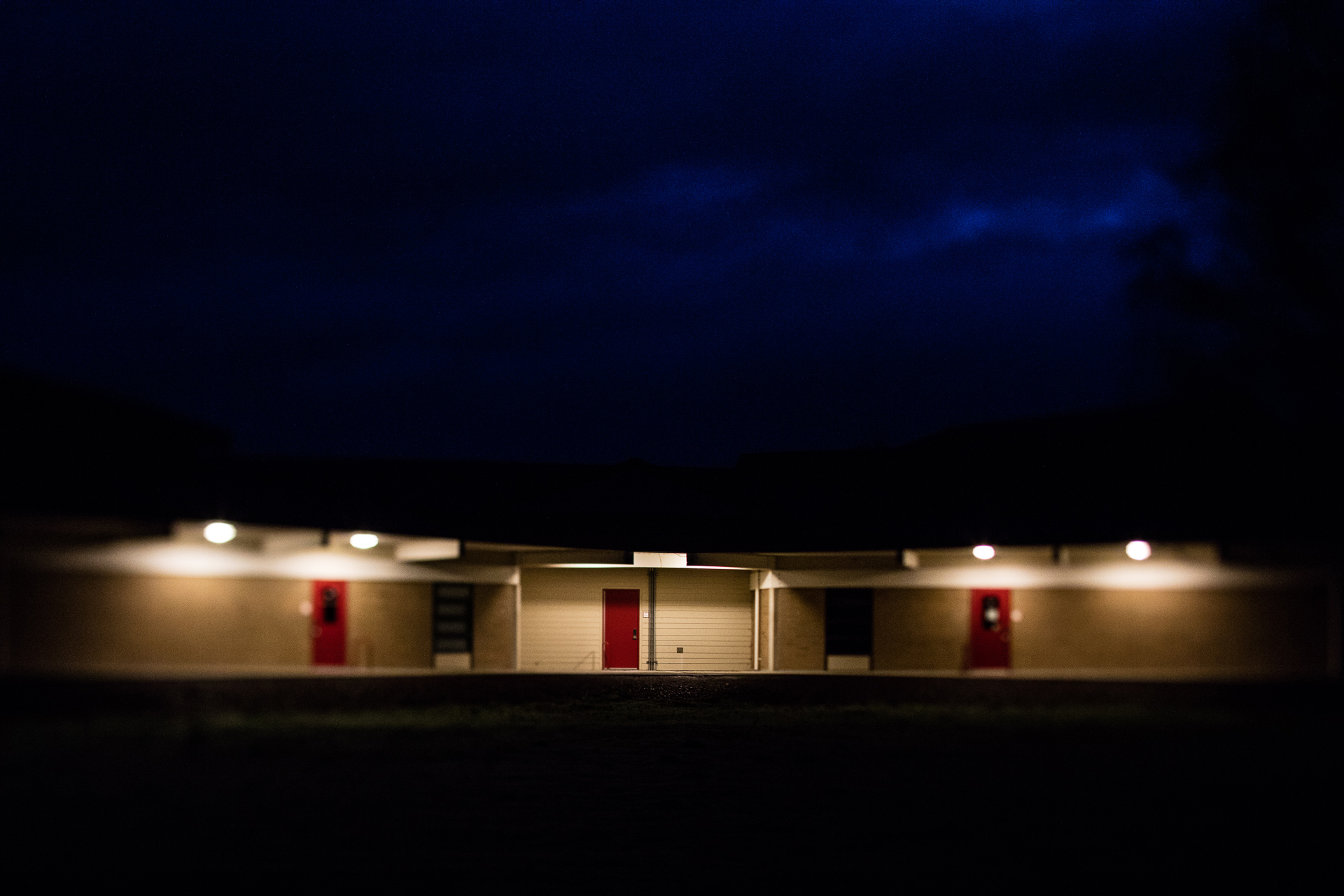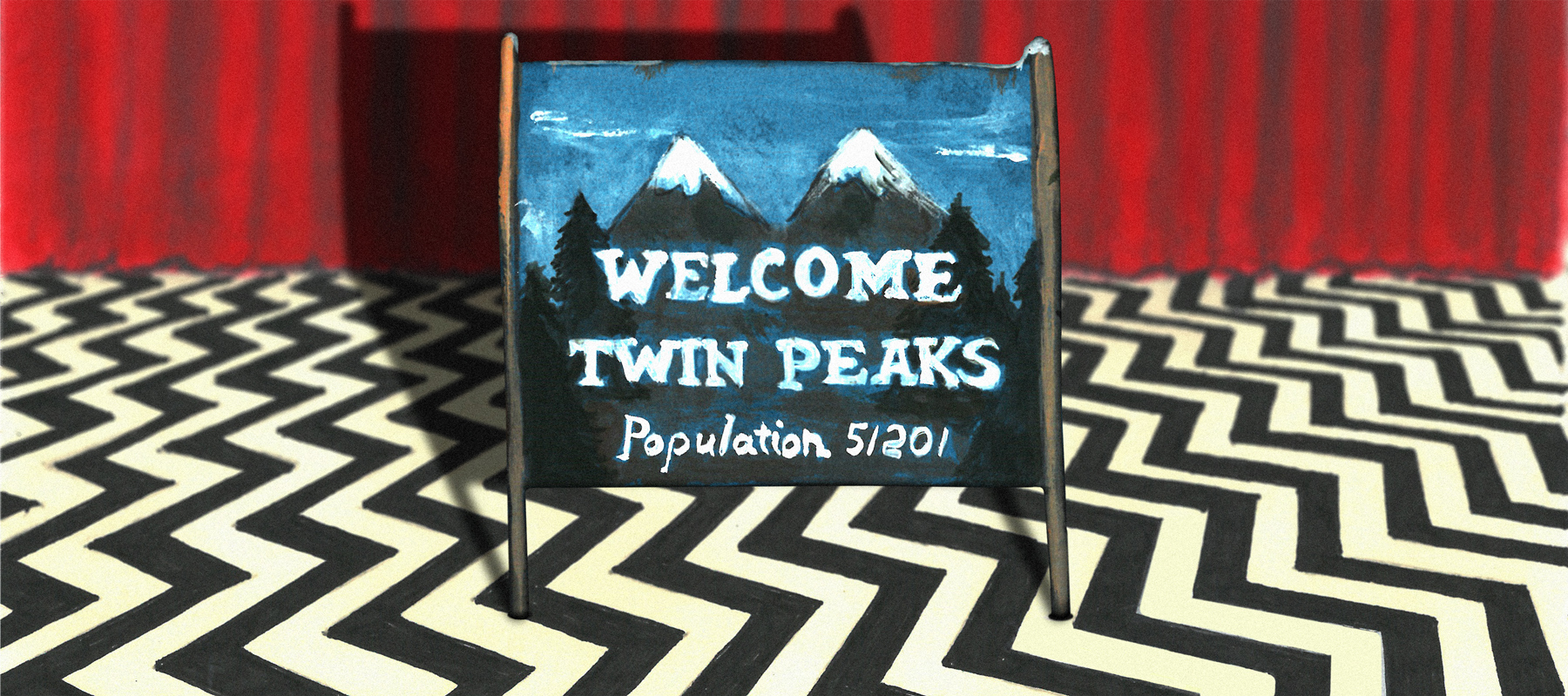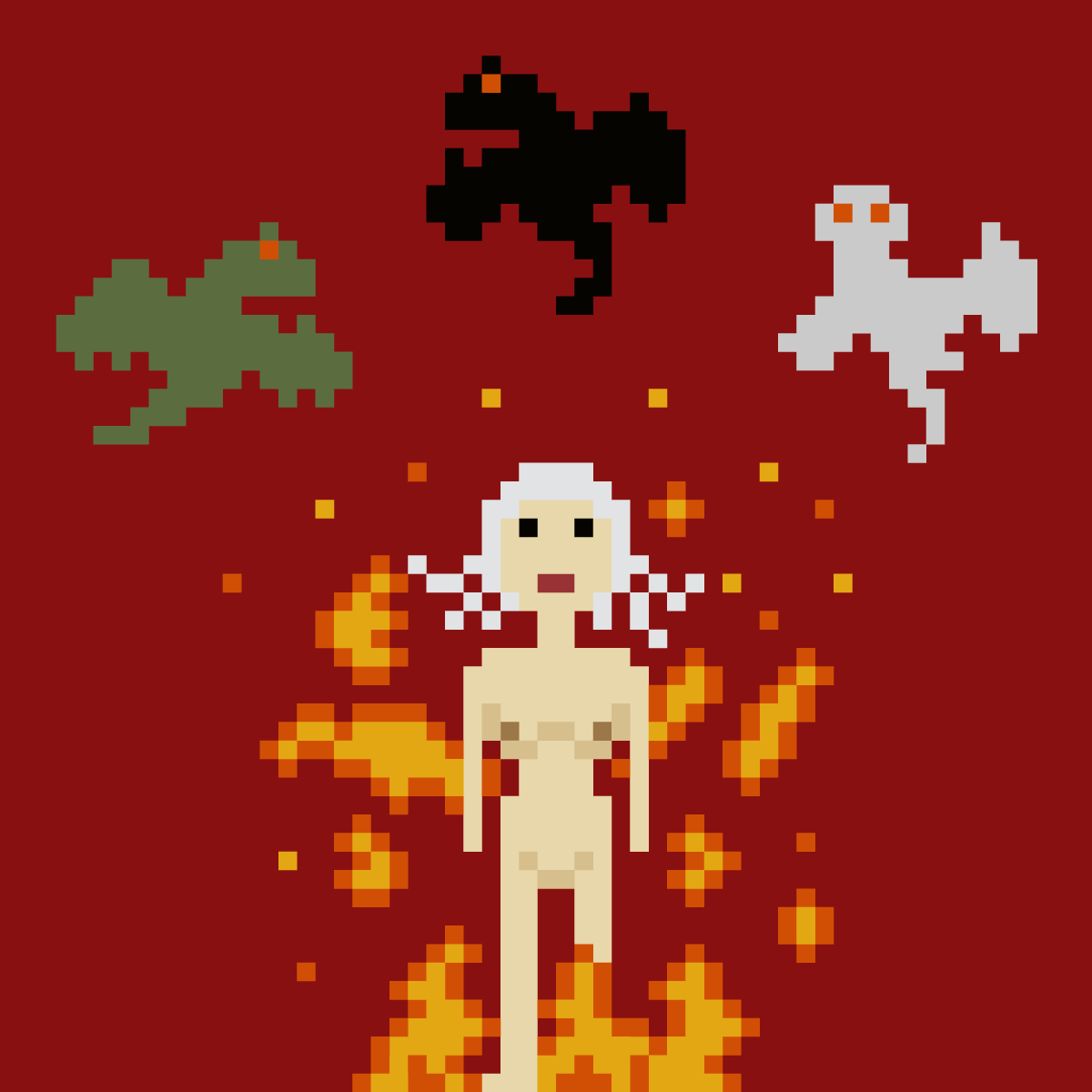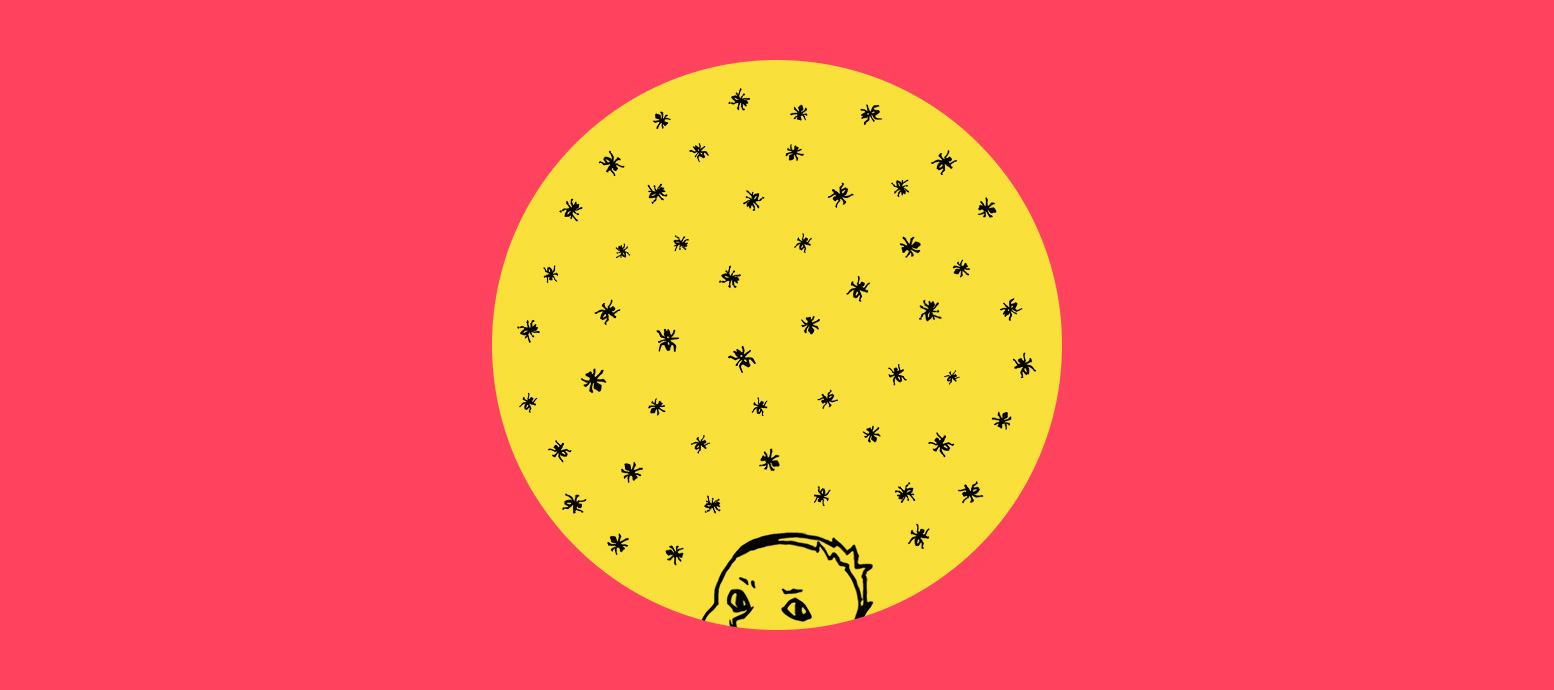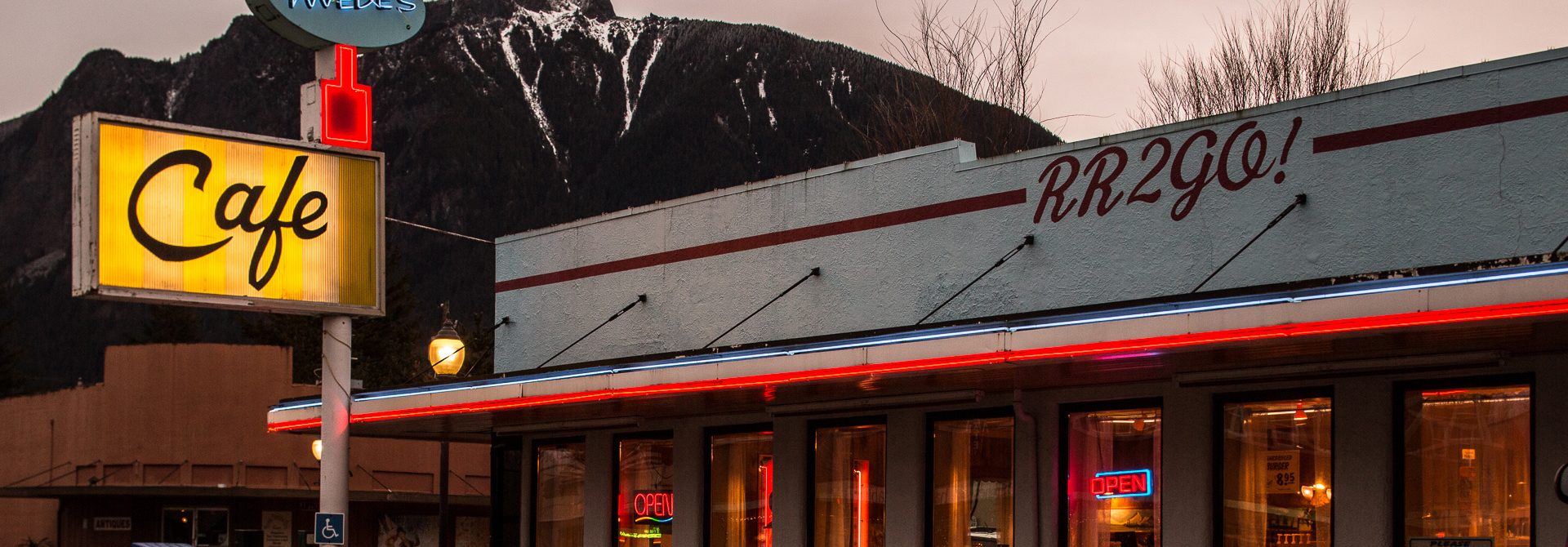
The Real Twin Peaks as Photographed by Victor Boyko

Was born and raised in Prague. Lives in Moscow. Works for Getty Images — photographs fashion shows, social life, current events.
Twenty-five years ago, David Lynch pieced together three towns in the suburbs of Seattle — North Bend, Snoqualmie, and Fall City — into the image of Twin Peaks. When Boyko went to photograph Lynch’s shooting locations for the first time eight years ago, the locals barely remembered the series. However, when he went there again in November last year, he saw that the local community got much livelier: waiting for the shooting of season three to begin, the citizens refreshed their memories and started taking tourists around to see the familiar routes. When during the third trip in February this year the owner of ‘Laura Palmer’s home’ gladly showed Victor her lawn: “See, the grass here is aged on purpose. This was done for the shoot!”, he completed his Shot in Twin Peaks project.
— It is February, and I am going to Seattle again. Half-accidentally, half-intentionally, I have already been there eight years ago, and people barely remembered Twin Peaks then. “What’s that? Lynch? Twin Peaks? Heard something like this, but there were more famous series shot here, like Northern Exposure”. Now, Twin Peaks is known to everybody. February, dank rain and fog — the weather is perfect for me.
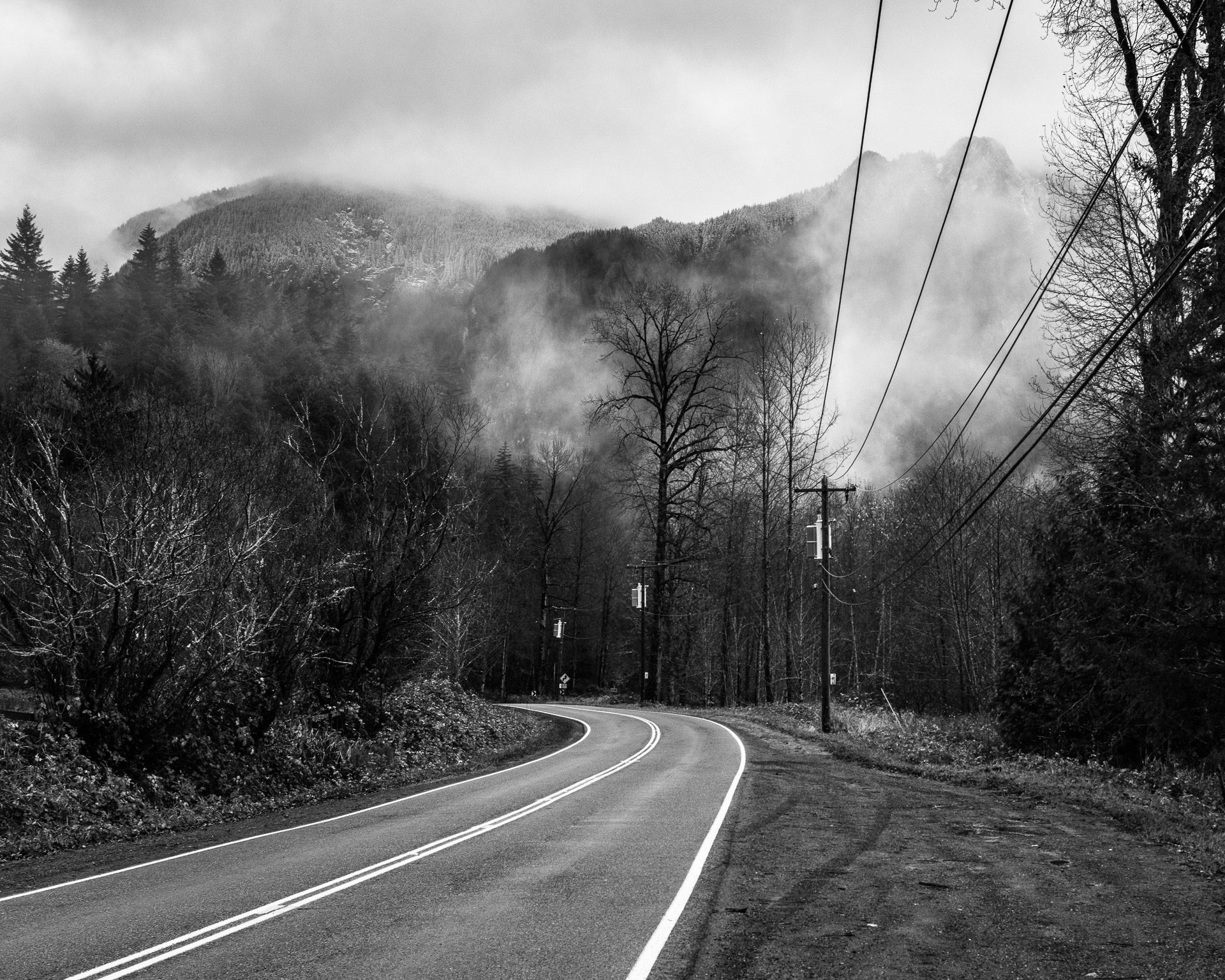
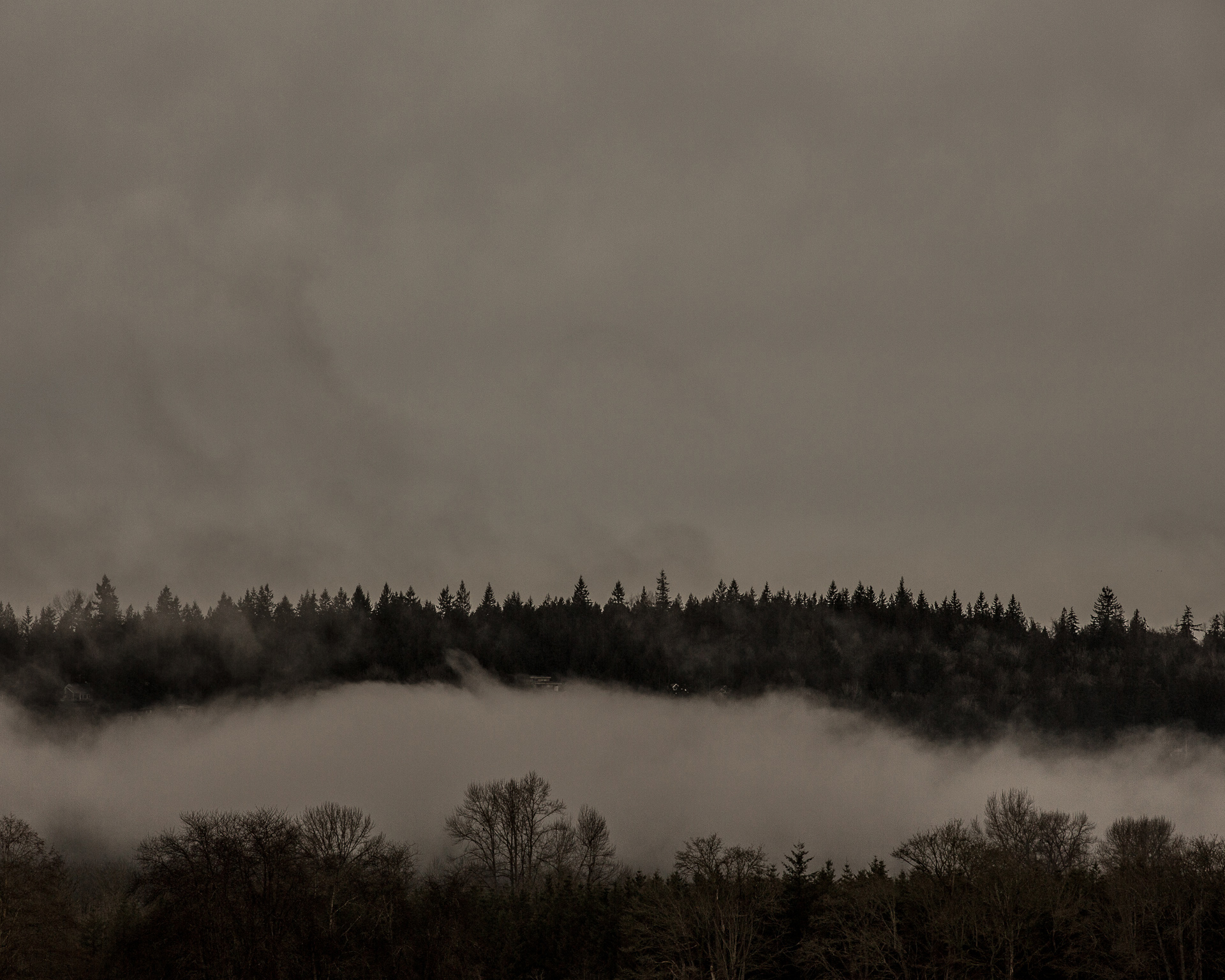
‘The House of Laura Palmer’ was on sale several years ago. The current owners, Mary and John Reber, almost gave up on the idea of buying it — the house seemed too pricey for them — until a friend showed them an article in The Huffington Post: The Real Laura Palmer Home for Sale. Being huge fans of the series, they changed almost nothing in the interior. The Rebers could not have imagined that in autumn 2016 David Lynch would knock on their door with the news that he is going to shoot the continuation of the series. “See,” Mary says. “The lawn in front of our house is withered compared to the neighbors? They did it especially for the shoot. Do you want to come in and have a look at that ceiling fan?” It is surprising how hospitable strangers may be. “Actually, we rarely invited people inside our home. You know, tourists would sometimes knock on our door and ask us to show them the fan and Laura’s room. I don’t let them in.”
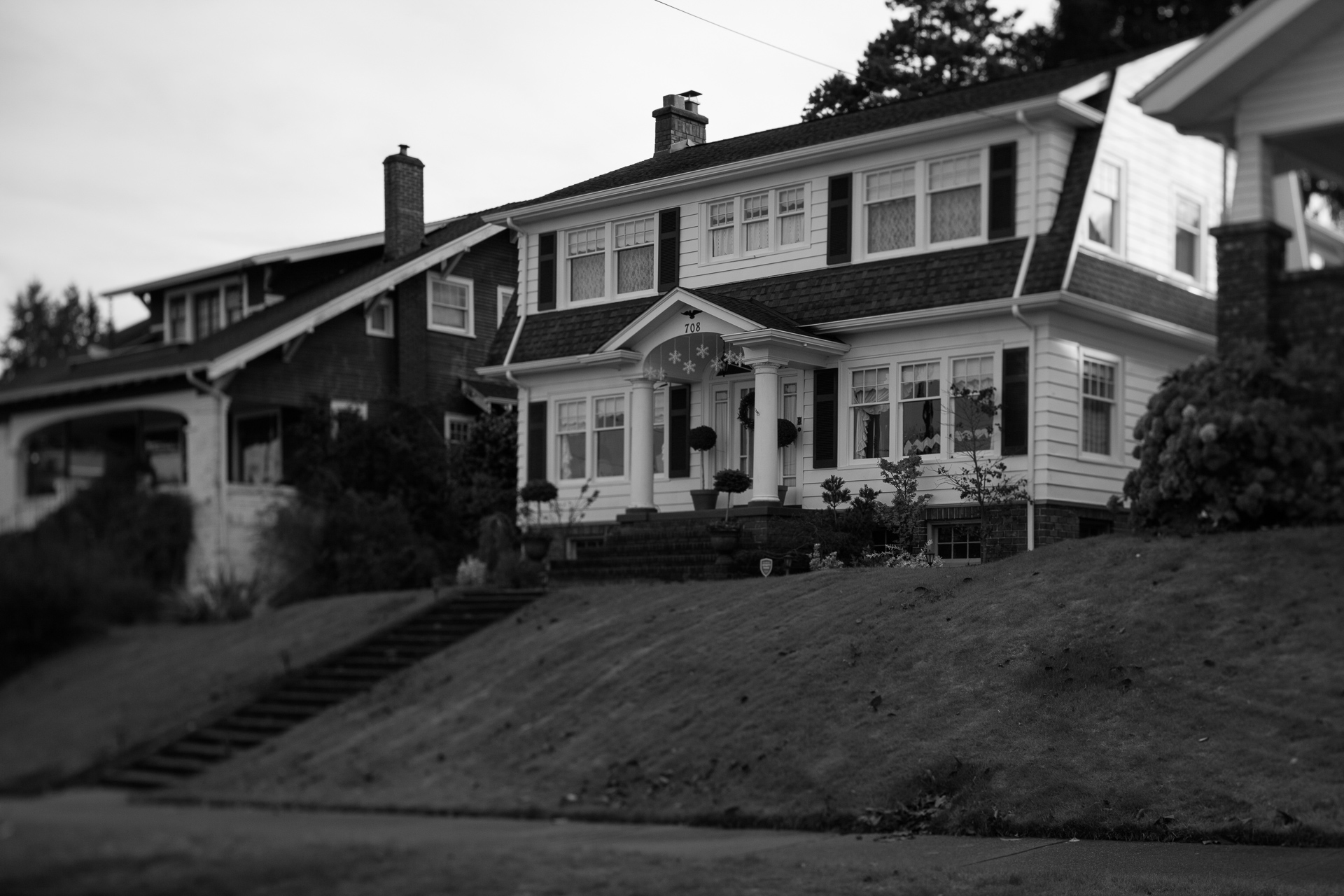
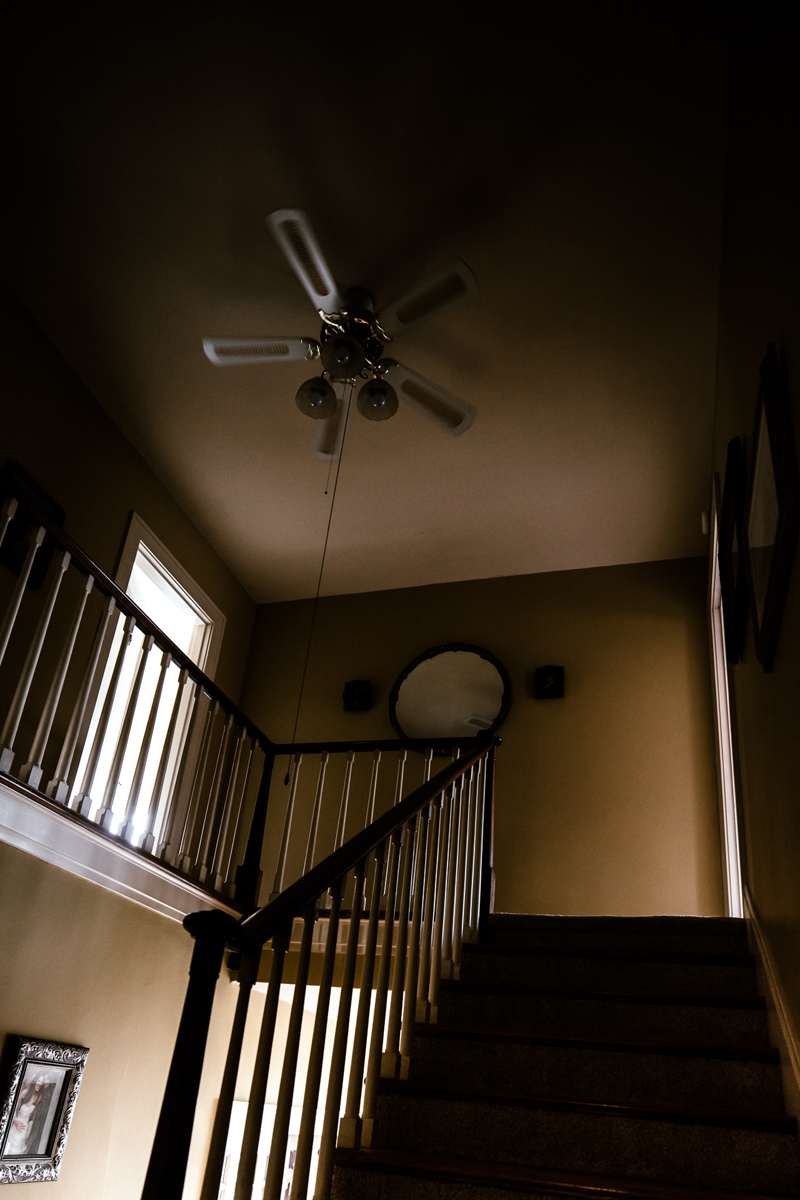
Palmer family home
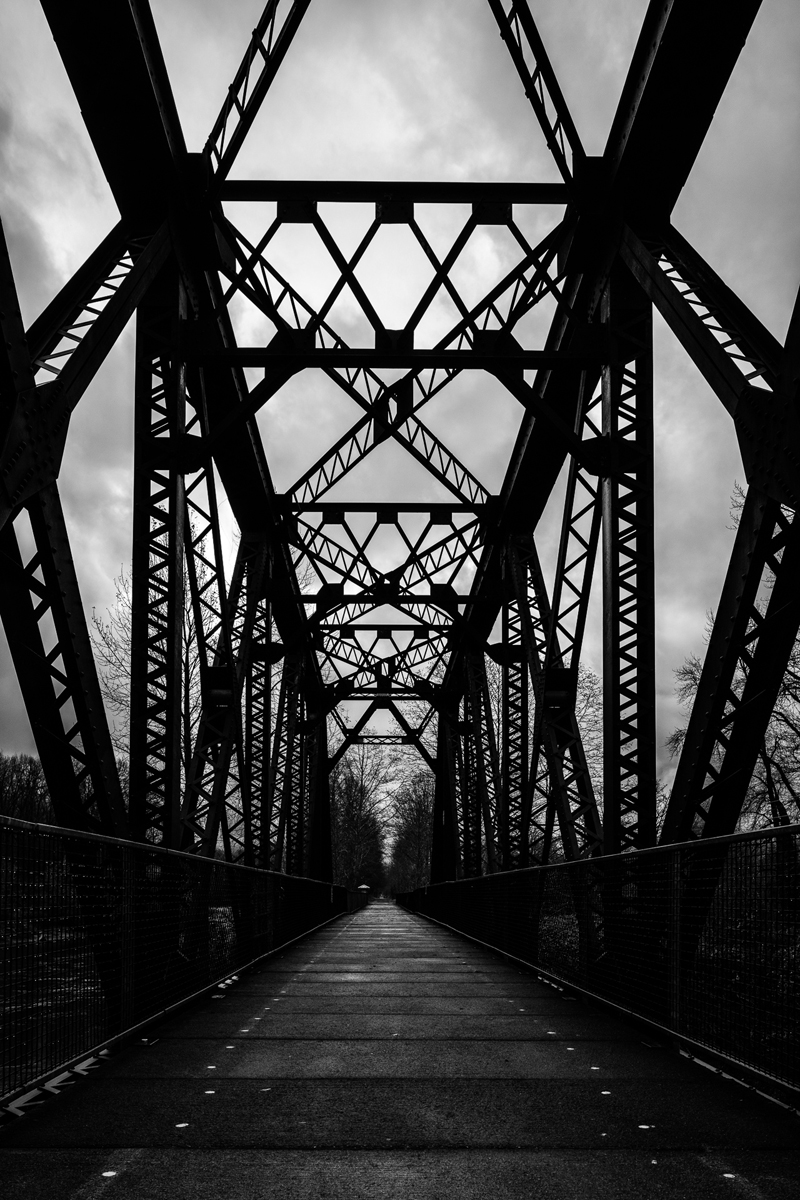
Ronette Pulaski bridge
A giant log, which the current carried Laura Palmer’s body tied up in a plastic bag to, is still there, but it is hard to find: Indian ranch Kiana Lodge is private property in the middle of a reservation on the other side of Seattle — a two-hour drive and a half-hour ferry ride away. I need to be on time to take the ferry back, to go in the other direction away from Seattle, to the northwestern suburb.
Lynch’s Twin Peaks is made in three towns — North Bend, Snoqualmie, and Fall City — about an hour and a half away from Seattle. There really was a giant sawmill in this area that gave jobs to everybody around throughout the 20th century. In the series, it got burned down, and in real life it went bankrupt. The bridge that Ronette Pulaski walked in a blood-stained nightgown with ropes on her wrists is the only thing that’s left from the railroad.
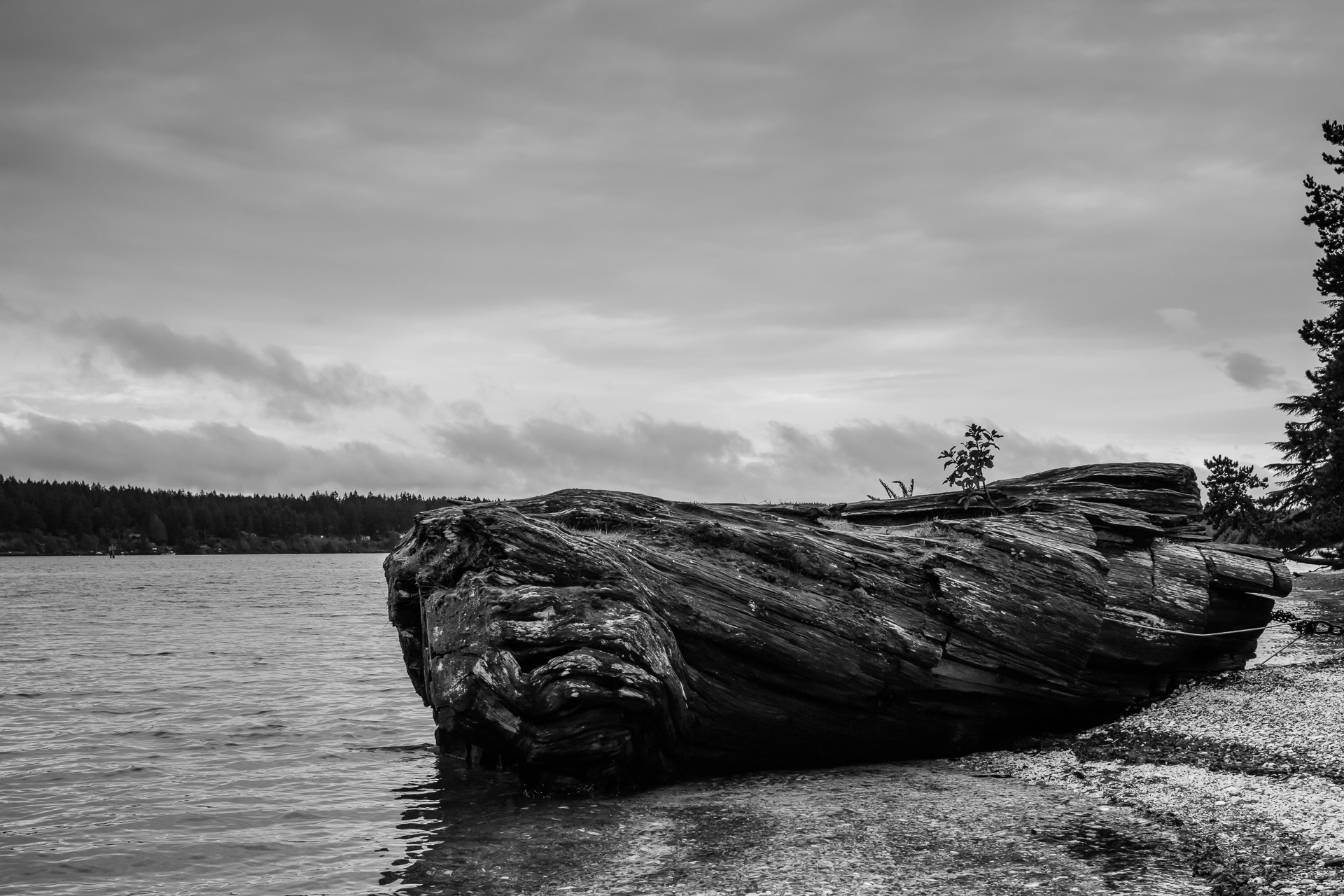
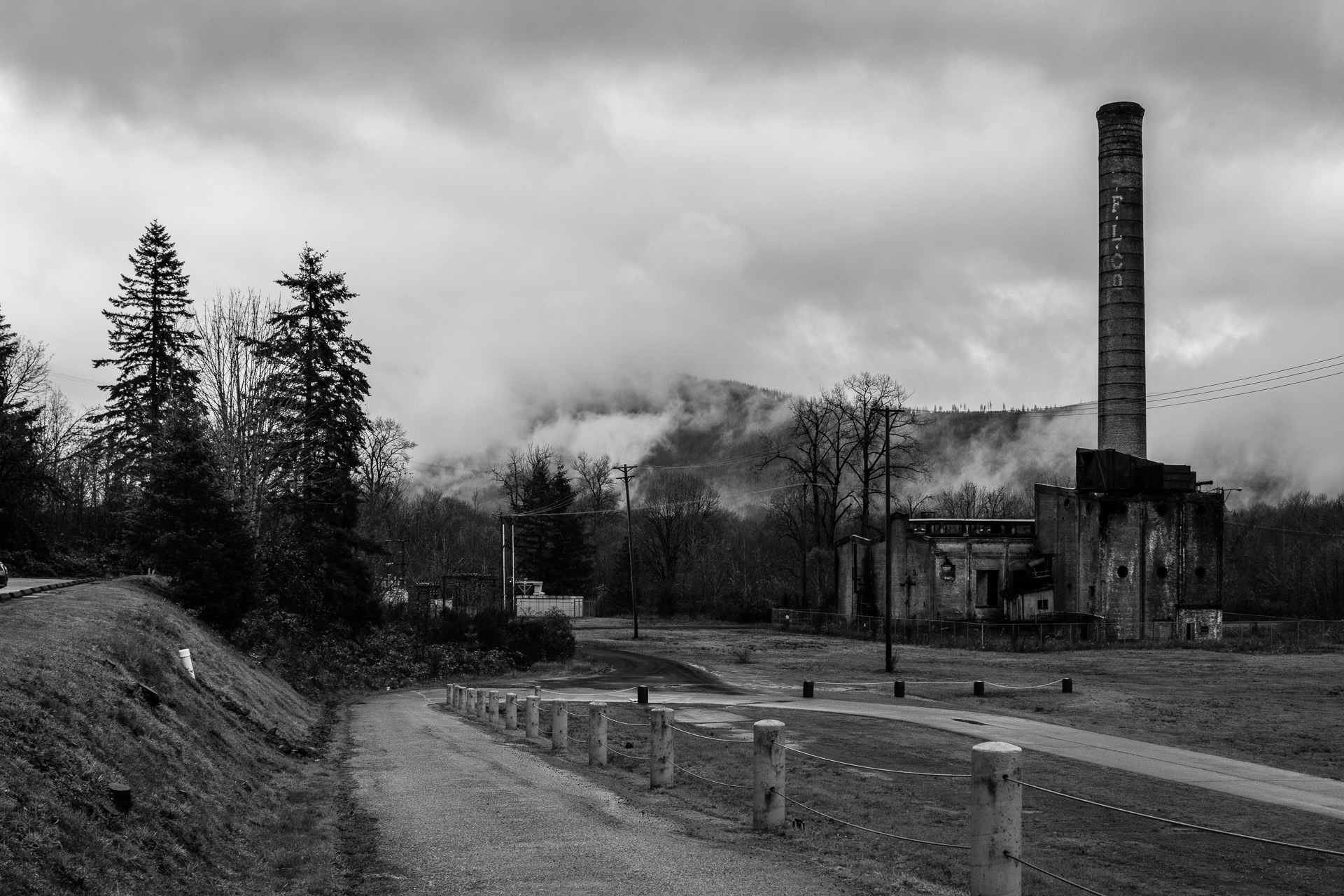
Sawmill
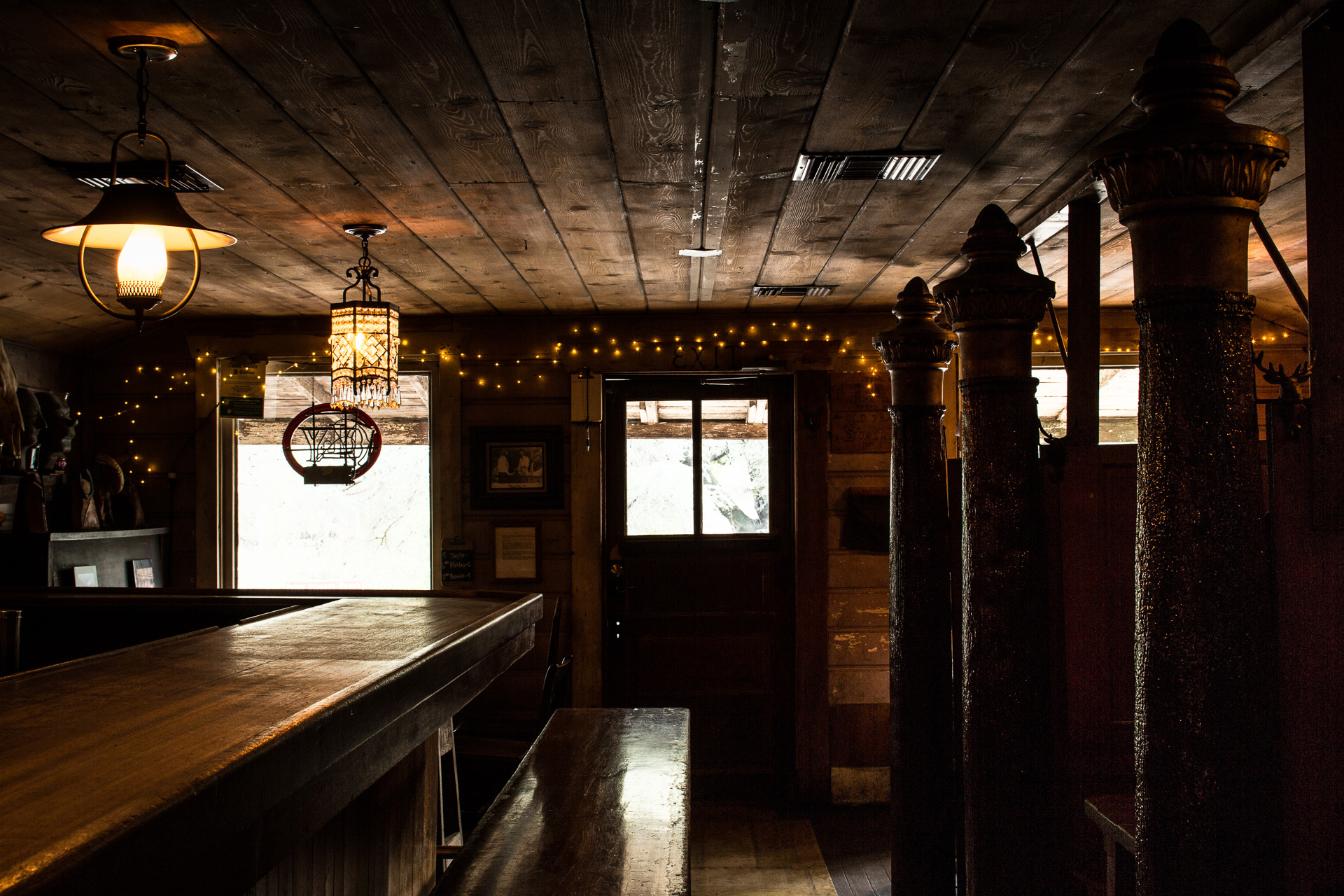
The Bookhouse
I come to the Double R cafe in the morning. The tables are occupied by taciturn unemployed locals, some of them look like serial killers. In 2009, when I was here for the first time, almost nothing reminded me of Twin Peaks. The interior was different — the original one perished in a fire in the early 2000s; the food was awful, and the reviews on Tripadvisor — devastating. Several years ago, the owners restored the interior with red bar stools, and perfected their cherry pie.
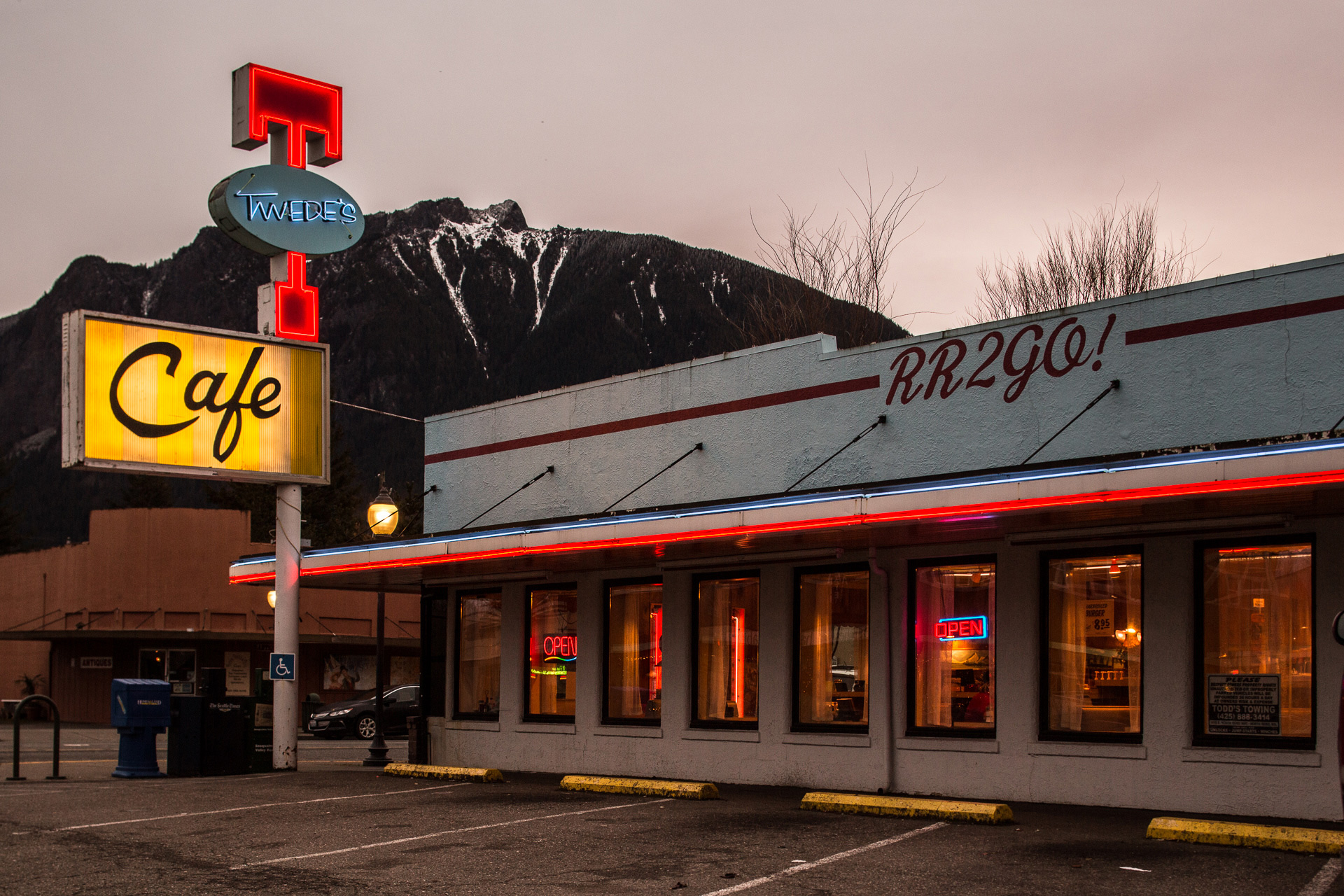
It’s seven am, and the sun will rise soon. I am heading to the waterfall. Water dust is hanging in the air; it is impossible to understand where the fog ends. The asphalt is covered in an absolutely invisible even ice crust. A lone traffic light looks nothing like in the series where it was swinging in the wind in one of the most haunting scenes: in the early 2000s, all hanging traffic lights got firmly fixed.
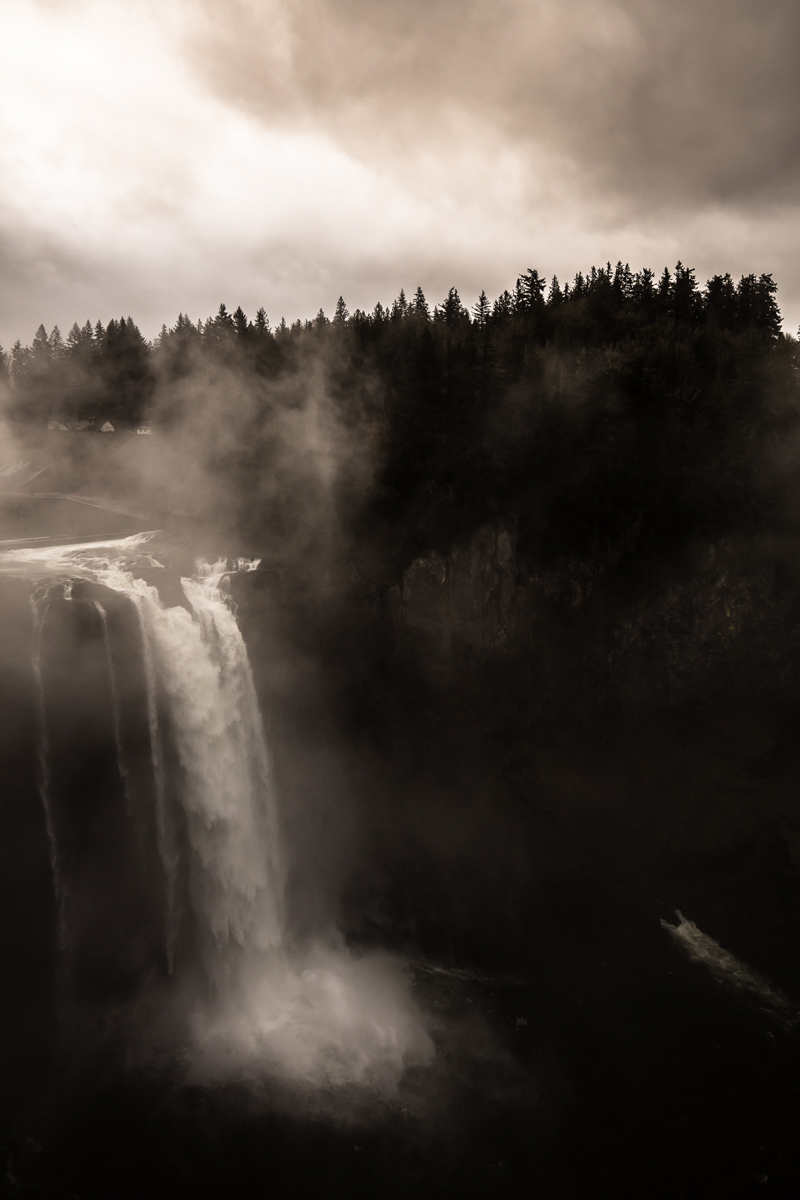
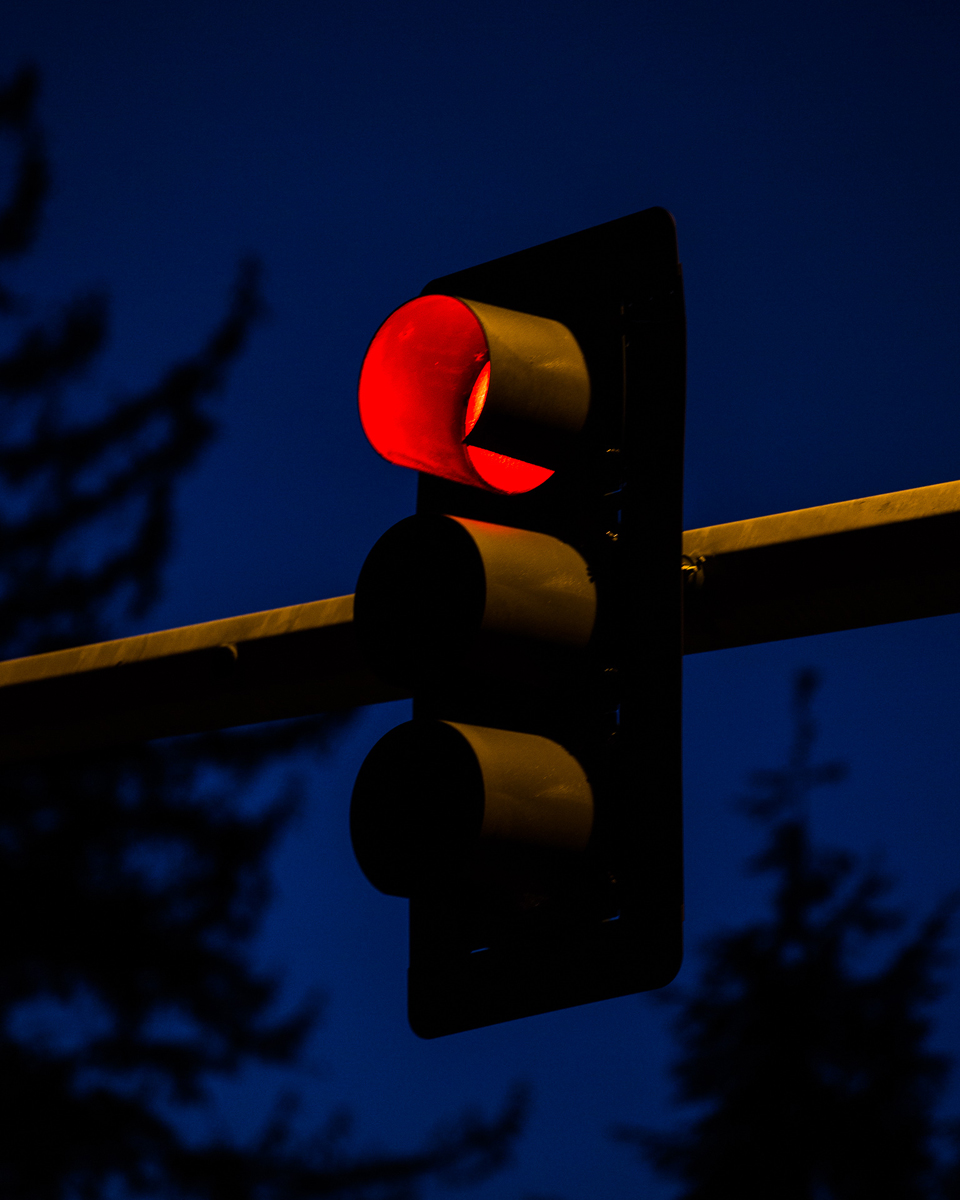
I am staying at the Roadhouse where Julee Cruise sang Falling. On day three, bartender Brandon sits me by his side: “I heard about you, you are traveling all around the locations here.” He pours me a local craft beer with an ominous owl on a label, which is of course called Ghostwood.
“And what’s in that house now, Brandon?” to my surprise, I recognized a small house near the parking lot which was the bookhouse where Sheriff Truman took agent Cooper to meet local volunteers who assisted police: “Oh, that,” he shrugs. “The young snort heroin there. It’s a small American town in the North-West. Do you think they have any other kind of entertainment here?”
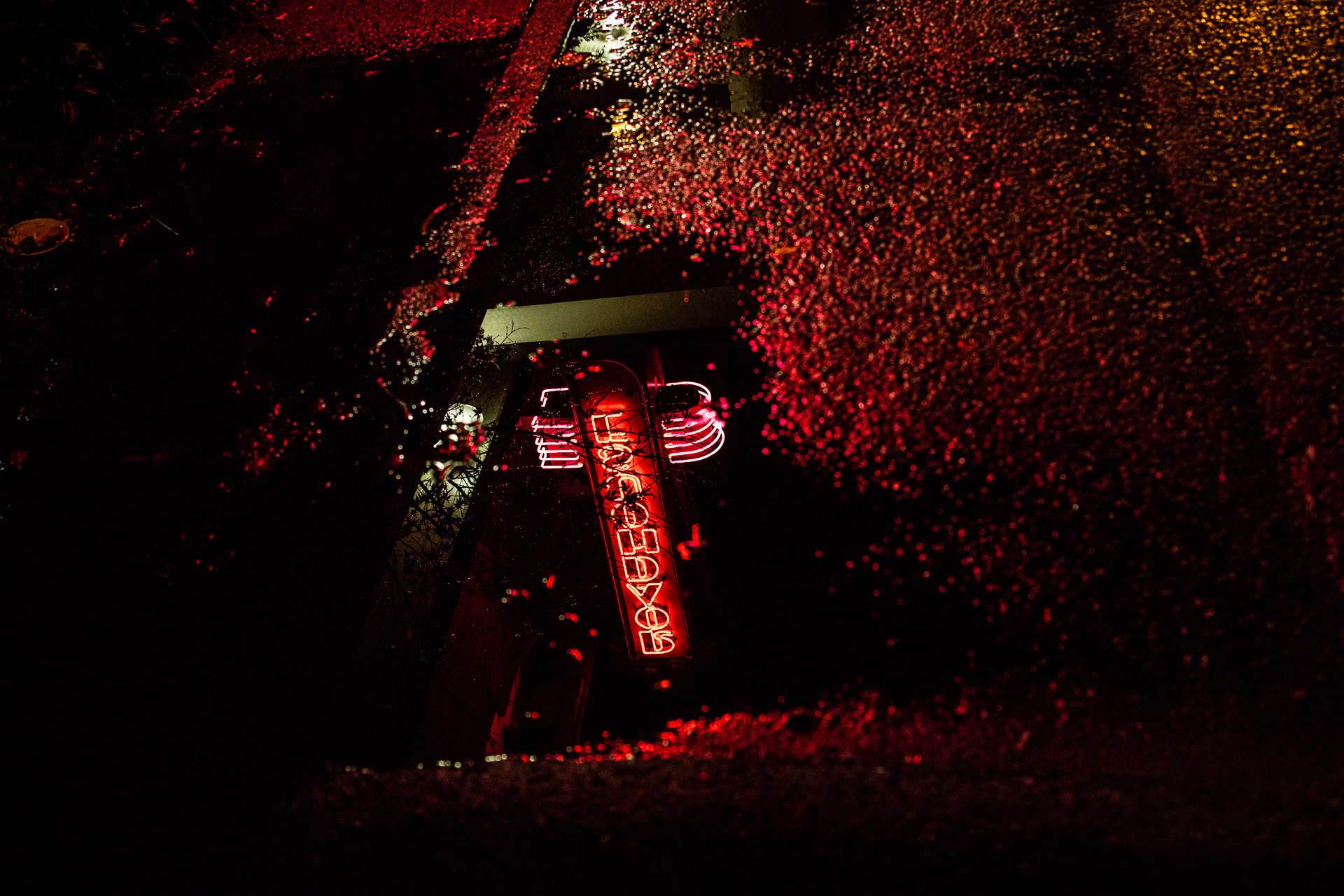
Roadhouse
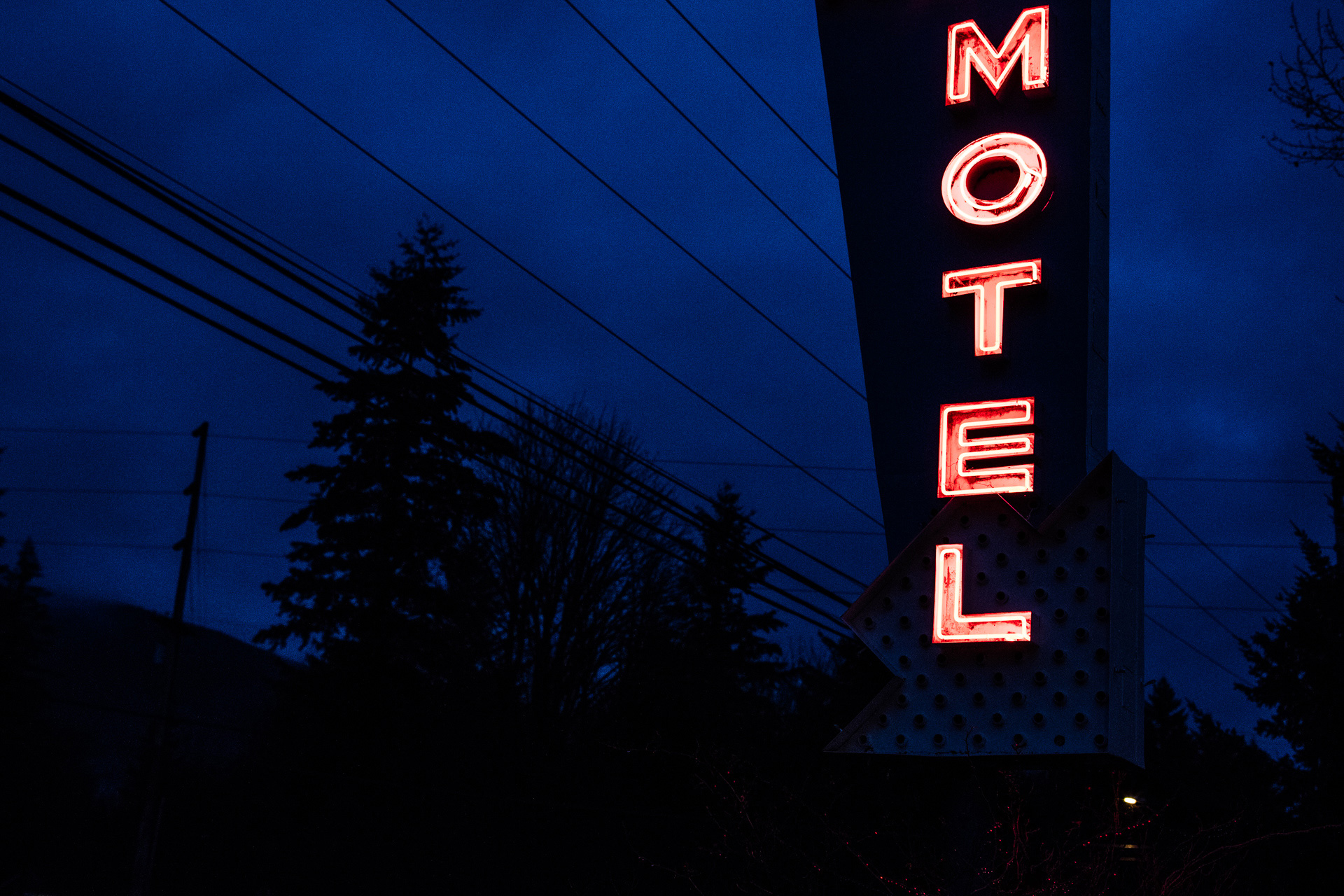
Blue Diamond hotel
